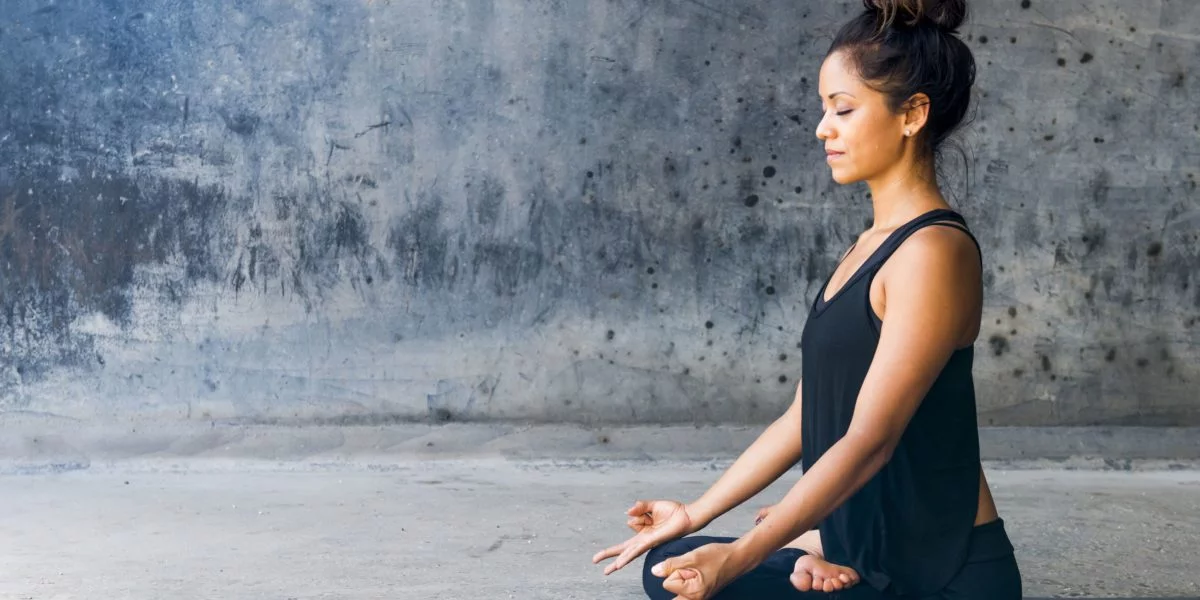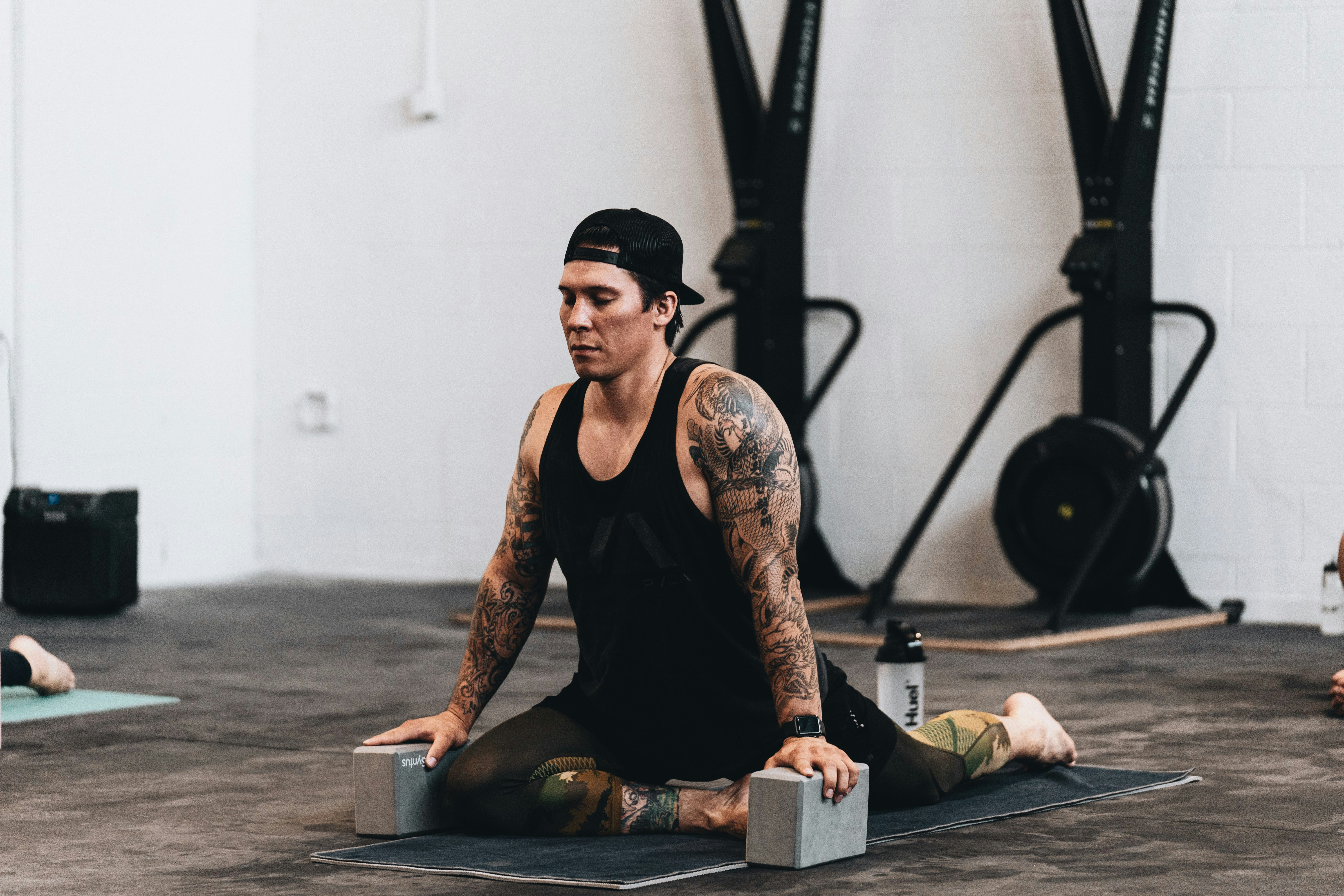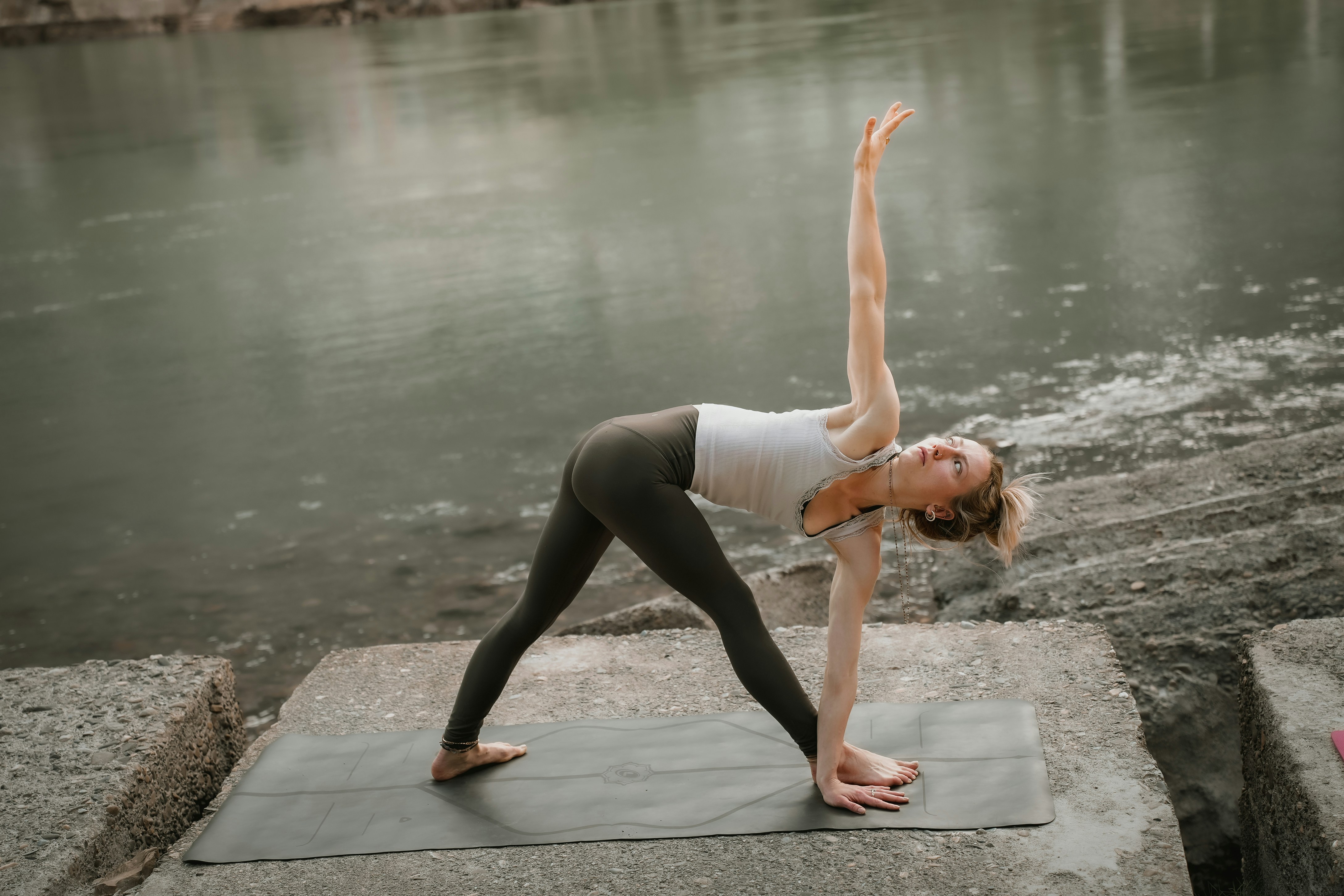Practice
Yoga Poses for Beginners: A Path to Mindful Practice

Yoga is a practice that I’ve come to cherish deeply, but it wasn’t always this way. Like many others, I felt overwhelmed at the beginning. The yoga studio was a space full of seasoned practitioners performing advanced poses that seemed out of reach. Over time, I learned that yoga poses for beginners are designed to ease you into the practice gradually, helping you build strength, flexibility, and mindfulness. Through this approach, yoga became more than just physical exercise; it transformed into a journey of self-awareness and self-care.
In this article, I will walk you through some fundamental yoga poses for beginners. I’ll share not only the steps involved in these poses but also some insights into how they can benefit your body and mind. If you’re starting yoga or thinking about beginning, these yoga poses for beginners will provide a great foundation to build your practice on.
Why Yoga Poses for Beginners Are Essential
When I started yoga, I didn’t realize how important it was to take the time to master the foundational poses. Yoga poses for beginners are often underestimated, but they are crucial to developing a safe and effective practice. Each of these poses works on different areas of the body, helping to build strength, flexibility, and stability. It’s through these simple poses that you begin to understand alignment, breathing, and mindfulness—all of which are essential for deeper practices later on.
Starting with the basics means you can avoid injury and build confidence. Rushing into more complex postures without a proper foundation can lead to frustration or even strain. That’s why I always recommend starting slow and learning the basic poses well. These poses will be the cornerstone of your practice, and they’ll serve you throughout your yoga journey.
Key Yoga Poses for Beginners
Let’s take a look at a few of my favorite yoga poses for beginners. These poses helped me develop a solid foundation in yoga, and I’m confident they’ll help you as well.
1. Mountain Pose (Tadasana)
Mountain Pose might seem simple at first, but it’s surprisingly powerful. This pose teaches you how to stand tall, rooted to the earth while reaching for the sky. Mountain Pose sets the stage for many other standing poses and teaches essential elements of posture, stability, and alignment.
How to Do It:
- Start by standing with your feet hip-width apart, grounding your feet into the floor.
- Engage your legs, lift your chest, and reach your arms alongside your body.
- Press your shoulders down away from your ears, and focus on lengthening your spine.
- Take a few deep breaths and find stillness in the pose, standing tall and centered.
This pose might look basic, but the mindfulness it requires makes it a great starting point. Practicing Mountain Pose can help with your posture and remind you to stand with intention throughout your daily activities.
2. Downward-Facing Dog (Adho Mukha Svanasana)
Downward-Facing Dog is one of the most iconic yoga poses, and for good reason. It’s a great full-body stretch that targets the legs, arms, and back. As a beginner, it can feel challenging, but with practice, it becomes one of the most rewarding poses.
How to Do It:
- Start in a tabletop position with your wrists directly under your shoulders and knees under your hips.
- Tuck your toes and lift your hips toward the ceiling, aiming to form an inverted V-shape with your body.
- Press your hands firmly into the floor and try to straighten your legs, pushing your heels toward the ground.
- Relax your neck and allow your head to hang between your arms.
This pose strengthens the arms and legs, and it also stretches the entire back. It’s a wonderful pose for building flexibility and relieving tension.
3. Child’s Pose (Balasana)
Child’s Pose is one of the most soothing and restorative poses in yoga. It allows you to take a break and reset during your practice. I love using this pose whenever I need to pause and refocus.
How to Do It:
- Begin by kneeling on the floor with your big toes touching and knees spread apart.
- Sit back onto your heels, lowering your torso toward the ground.
- Extend your arms in front of you, palms facing down, or place them by your sides with palms up.
- Rest your forehead on the floor and focus on breathing deeply.
Child’s Pose can be used as a resting pose during your practice, allowing your body to relax and recover before moving on to the next posture.
4. Cat-Cow Pose (Marjaryasana-Bitilasana)
Cat-Cow Pose is a dynamic flow between two positions that warms up the spine and promotes mobility. It’s one of my favorite poses for relieving tension in the back and neck.
How to Do It:
- Start on all fours in a tabletop position with your hands aligned under your shoulders and knees under your hips.
- On an inhale, drop your belly toward the floor and lift your chest and tailbone toward the sky (Cow Pose).
- On the exhale, round your spine, tucking your chin to your chest, and engage your core (Cat Pose).
- Continue flowing between these two positions, linking your breath to the movement.
This is a great pose for stretching the spine, improving flexibility, and helping to loosen tightness in the back.
5. Warrior I (Virabhadrasana I)
Warrior I is a strong standing pose that helps build strength in the legs and core. It also stretches the hips and chest, making it an essential part of a beginner’s practice.
How to Do It:
- Start standing tall with your feet hip-width apart.
- Step one foot back and bend your front knee to create a 90-degree angle.
- Keep your back leg straight and your feet firmly planted on the floor.
- Reach your arms overhead, keeping them shoulder-width apart, with your palms facing each other.
- Look forward and take a few deep breaths.
Warrior I is a powerful pose that can help improve balance and stability while also strengthening the legs and core.
6. Seated Forward Bend (Paschimottanasana)
Seated Forward Bend is a calming pose that stretches the hamstrings, lower back, and spine. It’s a great way to release tension and improve flexibility in the legs and back.
How to Do It:
- Sit on the floor with your legs extended straight out in front of you.
- Inhale and lengthen your spine, reaching your arms overhead.
- As you exhale, fold forward from your hips, keeping your back straight and reaching for your feet or shins.
- Hold the pose, relaxing into the stretch and breathing deeply.
Seated Forward Bend is an excellent way to stretch the back and hamstrings, especially after a long day of sitting.
How to Incorporate Yoga Poses for Beginners into Your Routine
Once you’ve become familiar with these foundational yoga poses for beginners, you can start incorporating them into your daily routine. It’s important to take your time with each pose and focus on proper alignment and breath. As you grow more comfortable with the basic poses, you’ll naturally begin to explore more challenging ones. But remember, yoga is a personal practice, and there’s no rush. Enjoy the process, and let your body guide you.
Conclusion
Starting yoga can feel intimidating at first, but practicing simple yoga poses for beginners can ease you into the practice and build a solid foundation. These poses have been crucial in my own yoga journey, helping me develop strength, flexibility, and mindfulness. I encourage you to take your time, listen to your body, and enjoy the process. Yoga is a lifelong journey, and the yoga poses for beginners are just the beginning of the many benefits this practice will bring to your life.










